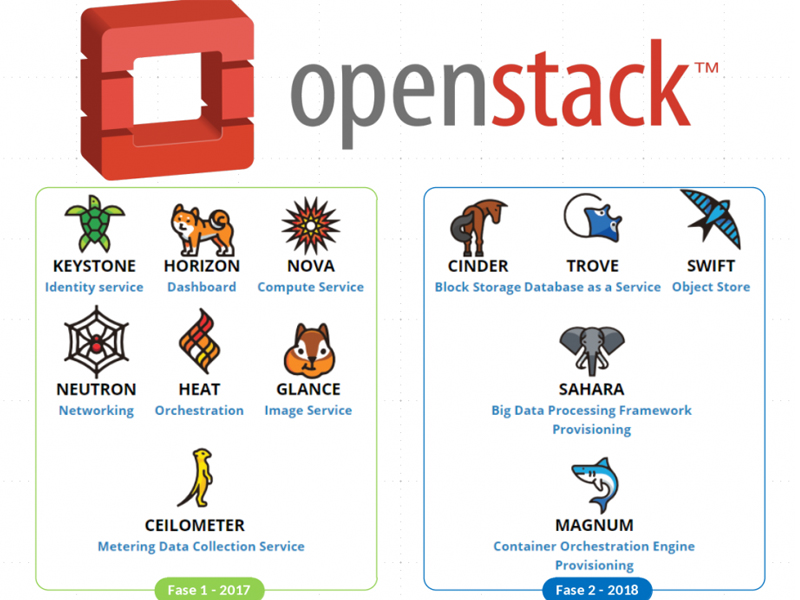The Statents IT spokesperson explains in an interview with the European Commission’s Open Source Observatory (OSOR) that “Open Source tools allow us to offer a less expensive alternative“, in addition to reusing IT resources that had become obsolete. “We are using standard Blade servers combined with our own storage network”, says the agency spokesperson.
To administer the virtual servers and the compute services they have implemented OpenContrail and OpenStack’s NOVA. They also use components such as Heat and Glance to manage server templates and Ceilometer for measurement and billing.
The agency ensures that they will share their experiences and knowledge about OpenStack with other public services, for example with their colleagues from the Euritas network.
Source: OSOR.







0 Comments